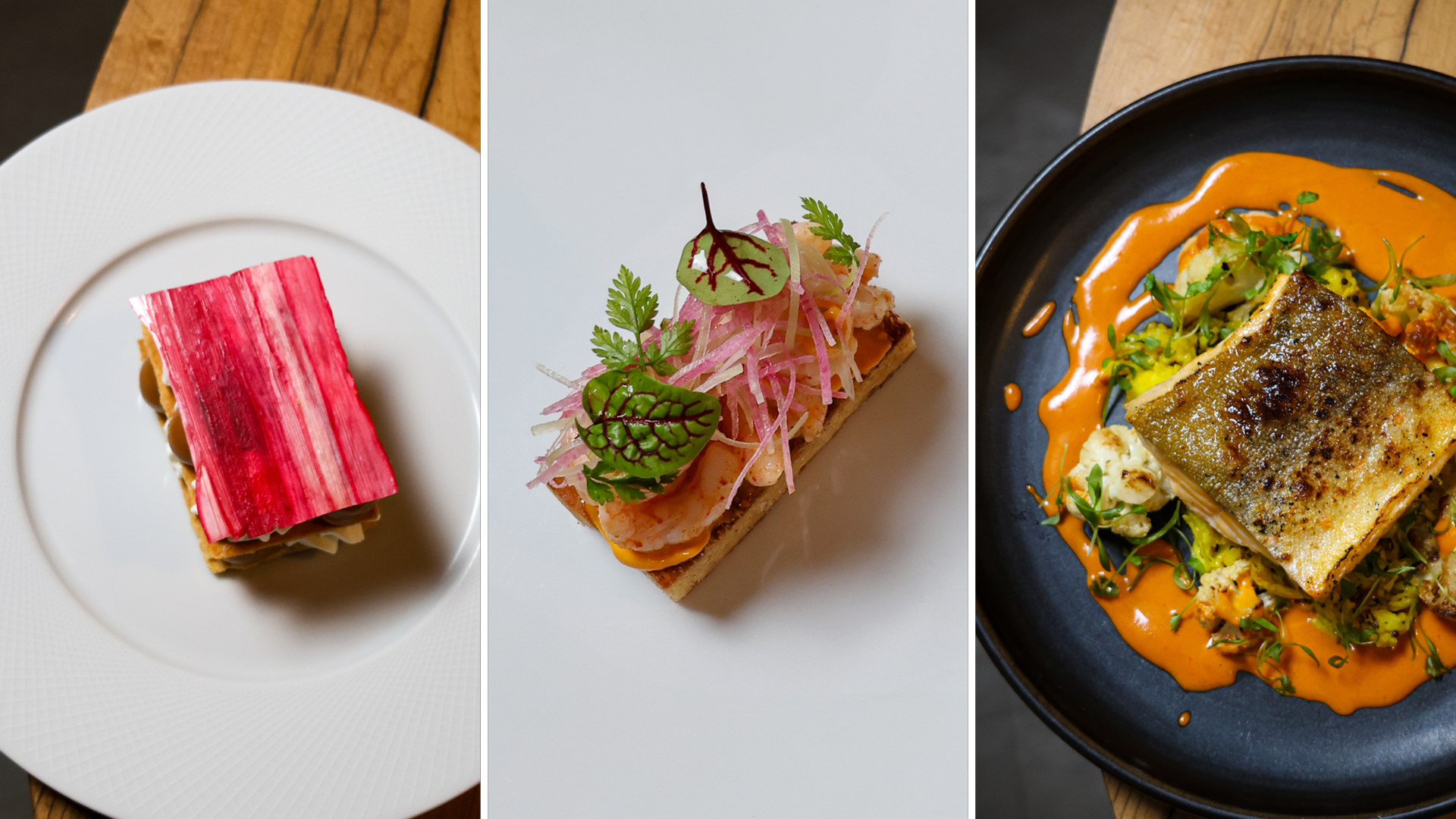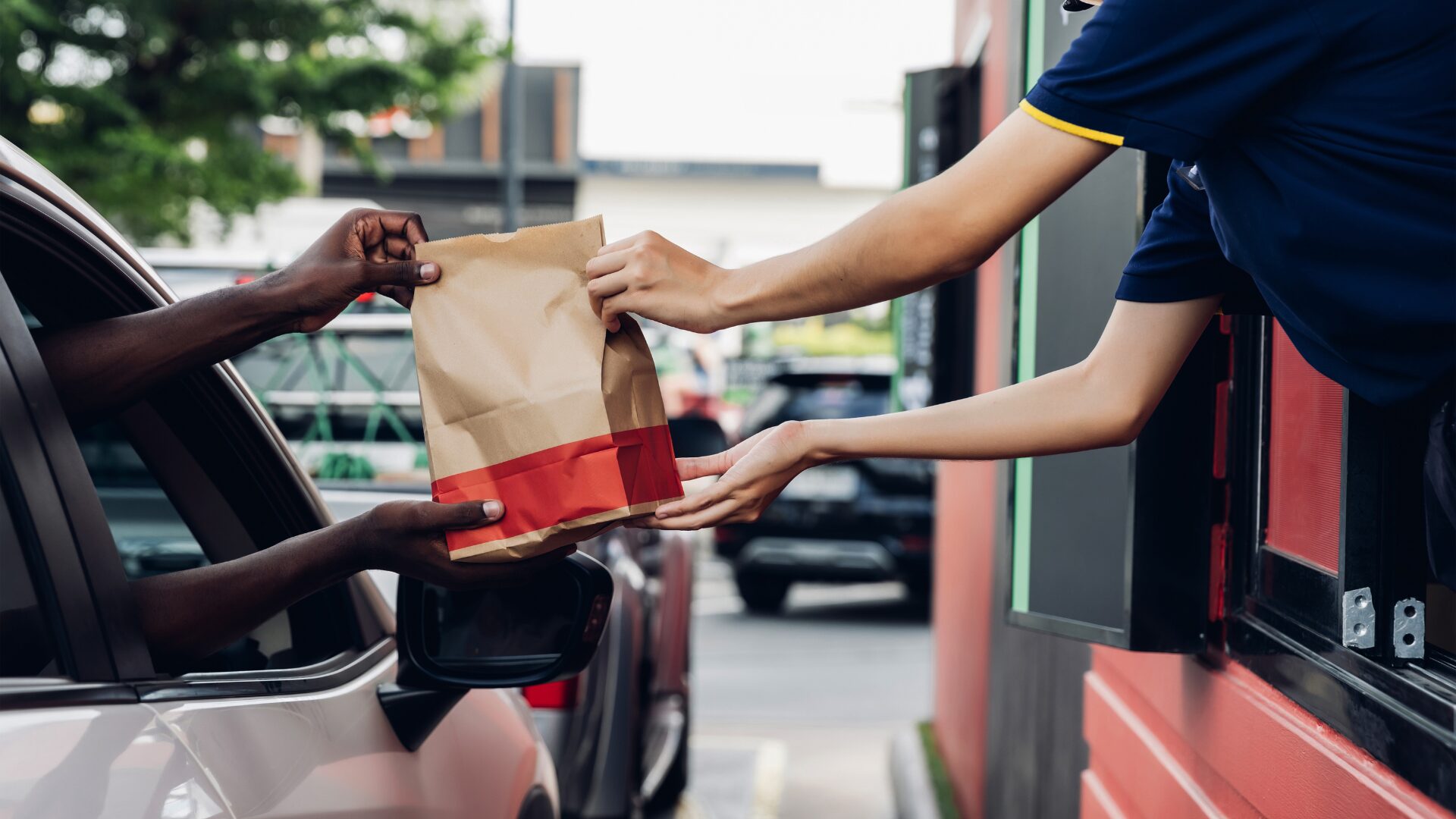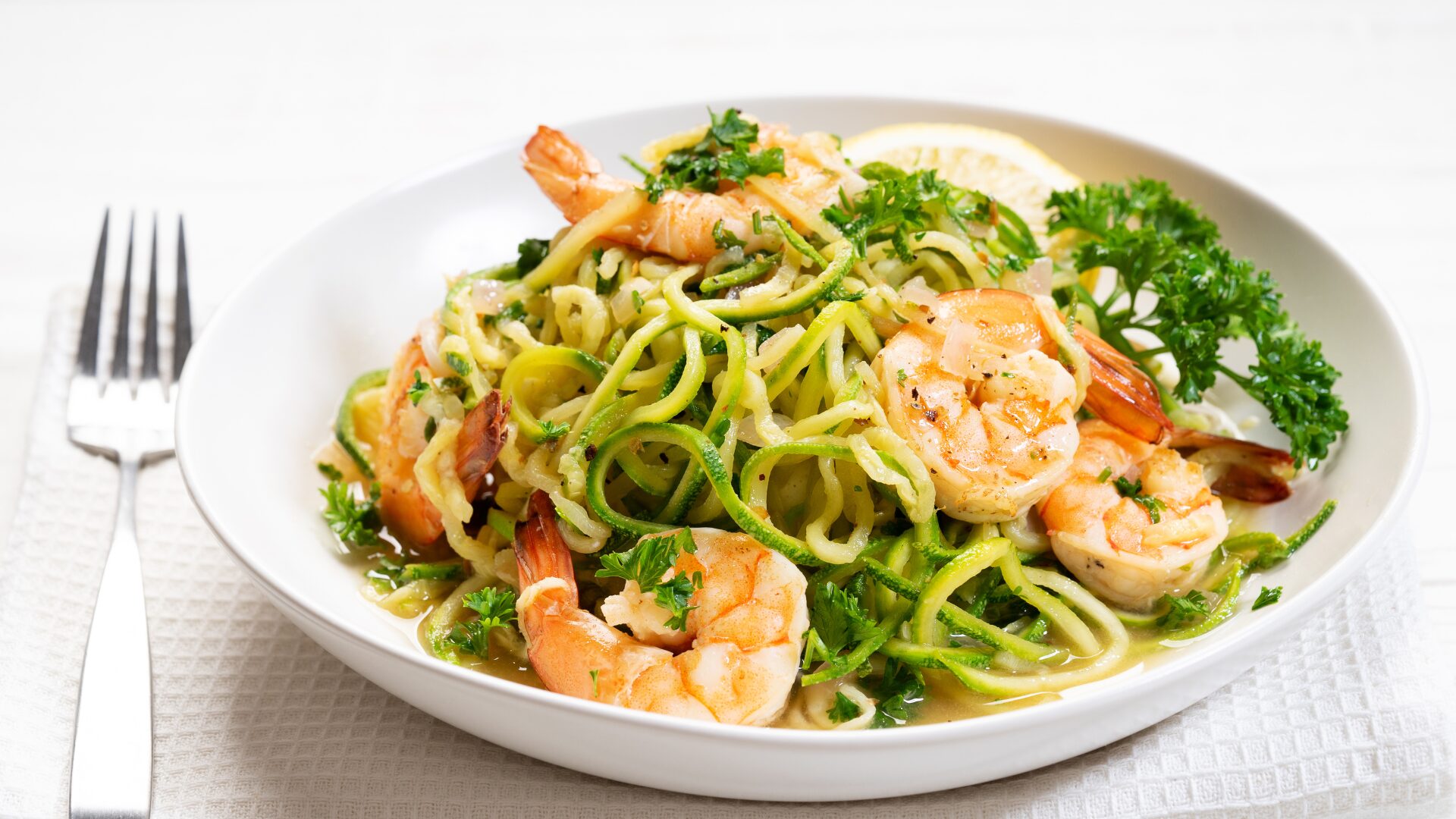Just 2% of restaurants reported an increase in sales in December. Yet, a survey by TD Bank found 81% of restaurant operators are nevertheless optimistic about the future.
Restaurant operators are faced with several challenges going into the third year of the pandemic. The costs of food and labor are increasing, of course, and restaurants are finding it difficult to fill positions, forcing them to cut hours, while local governments still are dictating how many people can be served indoors at once.
A growing number of restaurant owners say they’re in danger of closing permanently without federal relief. Although the $28.6 billion Restaurant Revitalization Fund helped some operators, many argue it did not extend far enough, and the omicron wave of COVID-19 eroded business during one of the most lucrative seasons of the year, reported CBS News (Jan. 18).
All that negative news might leave one wondering: How are 81% of restaurant operators optimistic? Technological innovations, it appears, have offered a glimmer of hope for 2022.
“The shift to hospitality industry 2.0 is a once-in-a-generation replatforming of a giant space,” said Ben Fisher, CEO of Foodi Menus, in an interview with The Food Institute. “The appetite for change during the pandemic was the biggest determinant between those who left early, those who have struggled the most, and those who have made the best of the situation. What this means now is that a much larger portion of the food-service space is open minded about using technology to improve their business.”
EYE-OPENING NUMBERS
First, some more sobering industry statistics: The Bureau of Labor Statistics estimates more than 2 million Americans worked as waitstaff in 2020, earning a median wage of $11.42, or $23,740 annually. Through 2030, the number of jobs is expected to grow by more than 20%, well above the average for other industries.
Many who work in the industry, however, have soured on it, citing emotional abuse from managers, and disrespect from customers, a report by Black Box Intelligence found.
The Independent Restaurant Coalition said 58% of respondents to its recent survey reported sales decreased by more than half in December, normally the most profitable month of the year. And despite increasing sick leave (37%) and vacation (21%) benefits, and raising wages (84%), the National Restaurant Association reported 75% of restaurant operators continue to report recruitment and retention problems.
TECH TRIGGERING OPTIMISM
The TD Bank survey found the pandemic has altered the consumer-restaurant relationship permanently with technology moving toward center stage. And despite the challenges facing the industry, restaurant operators are optimistic.
The survey found investing in mobile ordering (54%), delivery services (47%), technology like point of service digital signage and other in-store tech (45%) and alternative payment methods (37%) are top priorities of 2022. Embracing technology will allow the industry to meet consumer demand for an experience, not just a meal, Fisher said, predicting an explosion. He predicted the current staffing shortages are a transitory problem that will ease as QR codes and smart menus gain traction.
The technology boom has been employed most extensively by larger chains. For smaller operations, the story has been different.
“We see independent operators, full-service restaurants, in particular, suffering because they haven’t yet figured out how to leverage technology to streamline operations, maximize their workforce and drive sales,” said Ben Pryor, director of Innovation at Spot On.
WHERE OPTIMISM IS MOST APPARENT
Tim Spiegelglass, owner of St. Louis restaurant builder Spiegelglass Construction Co., said his company’s seeing optimism reflected in the orders it’s receiving.
“As a restaurant builder, I’m seeing restaurants adapt to meet changing customer needs in different fashions. For clients that are anticipating strong pent-up demand, we’re building bigger restaurants with more seating and higher-end finishes. For mid-sized restaurant operators, we’re building more patios, drive-thrus and separate pick-up spaces for third-party delivery companies,” Spiegelglass said.
“For clients who are experiencing fast-growing take-out business or are collaborating with grocery stores and delivery services for grab-and-go meals, we’re building commissaries and ghost kitchens.”
WORD OF CAUTION
Nicole Pomije, owner of The Cookie Cups, urged restaurant owners to be cautious about 2022, however, largely because of the threat of more COVID variants.
“I don’t know anyone in this business who is optimistic at this time. Down the road? Sure, hopefully we’ll be back to a new ‘normal’ come 2023,” Pomije said.











